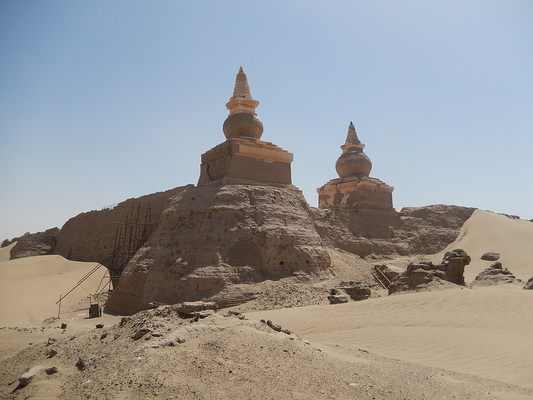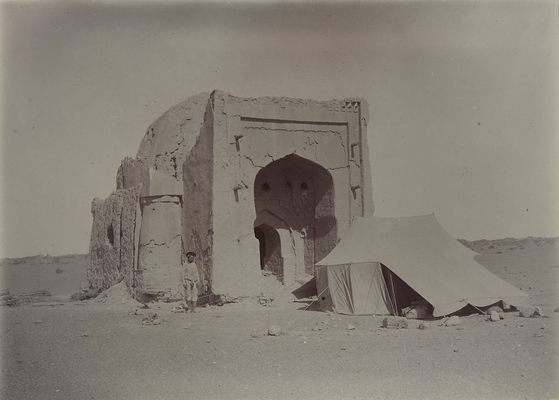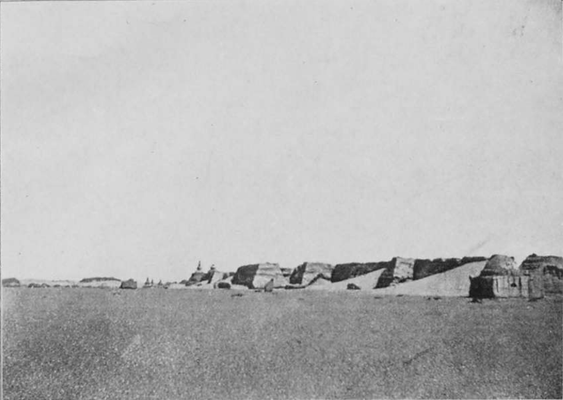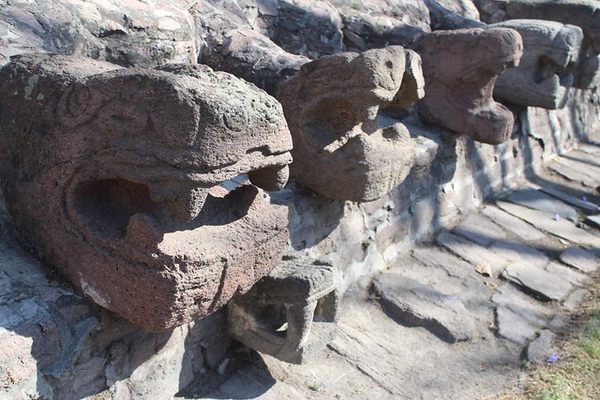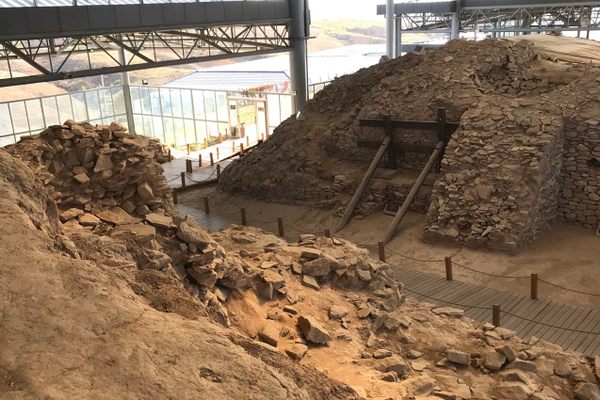About
Some 20 arid miles away from the town of Dalaihubu, the Heicheng Ruins are what’s left of a fortified city positioned along the former Silk Road. Heicheng (also referred to as Khara-Khoto) was an important stop along the Gansu Corridor, a vital trade route that ran from northern China to Central Asia. The city’s walls date back to the year 1032, and constituted the largest fortress along the ancient trade route that connected the Eastern and Western worlds.
Heicheng, which was built during the Tangut Empire (1038 to 1227), was a relatively small area that spanned just over 5,000 feet from east to west and some 4,000 feet from north to south. The city was contained by five 40-foot adobe pagodas and almost 33-foot walls, which can still be seen today.
Heicheng was captured by Genghis Khan in 1226, after which the city continued to thrive and expanded three-fold in size under Mongol rule. Records indicate that Heicheng expanded even further during the Yuan Dynasty, which lasted from 1271 until 1368. It was during this time that the Italian explorer Marco Polo visited the city and wrote of its culture and remoteness in The Travels of Marco Polo. Shortly after the Yuan Dynasty ended, the city was surrendered to the successive Ming Dynasty and subsequently abandoned.
Today, the Heicheng Ruins are a treasured relic of deep regional history. Archaeological digs conducted in the early 20th century unearthed a number of artifacts from what was the city center, including Jioazi, regarded by historians as the first paper form of currency, over 2,000 Tangut manuscripts, and wood engravings.
A major excavation carried out by the Russian explorer Pyotr Kuzmich Kozlov yielded a collection of 3,500 objects from the site. A selection of Chinese and Tibetan Buddhist paintings on silk, batik fabrics, and a small painting on mud are housed in the Hermitage Museum in St. Petersburg, while the Institute of Oriental Studies in Moscow obtained the preserved books, manuscripts, and dictionaries.
Related Tags
Know Before You Go
Visitors can reach the Heicheng Ruins by way of a shuttle bus that also stops at the entrance to the nearby dead forest of Guai Shu Lin. The ruins are located about 9 miles east by southeast from this site. The city is about a 15 minute walk through desert terrain from where the bus stops, so it’s recommended that visitors take measures to protect themselves from the direct sun, heat, and sand. Wooden pathways through the desert guide visitors in and out of the city for greater ease.
Published
October 21, 2019
Sources
- https://www.tour-beijing.com/blog/inner-mongolia-travel/heicheng-ruins-in-ejina-qi-inner-mongolia
- http://www.china.org.cn/china/2007-07/24/content_1218088.htm
- https://en.wikipedia.org/wiki/Khara-Khoto
- https://www.google.com/maps/place/Heicheng+Historic+Site/@41.8031386,101.0561528,12.75z/data=!4m13!1m7!3m6!1s0x36342970c28589f1:0xbe8693292033e50c!2sAlxa,+Inner+Mongolia,+China!3b1!8m2!3d38.851921!4d105.728957!3m4!1s0x3632921a54df8169:0xe5a8bb7599a7662b!8m2!3d41.76491!4d101.1474323
